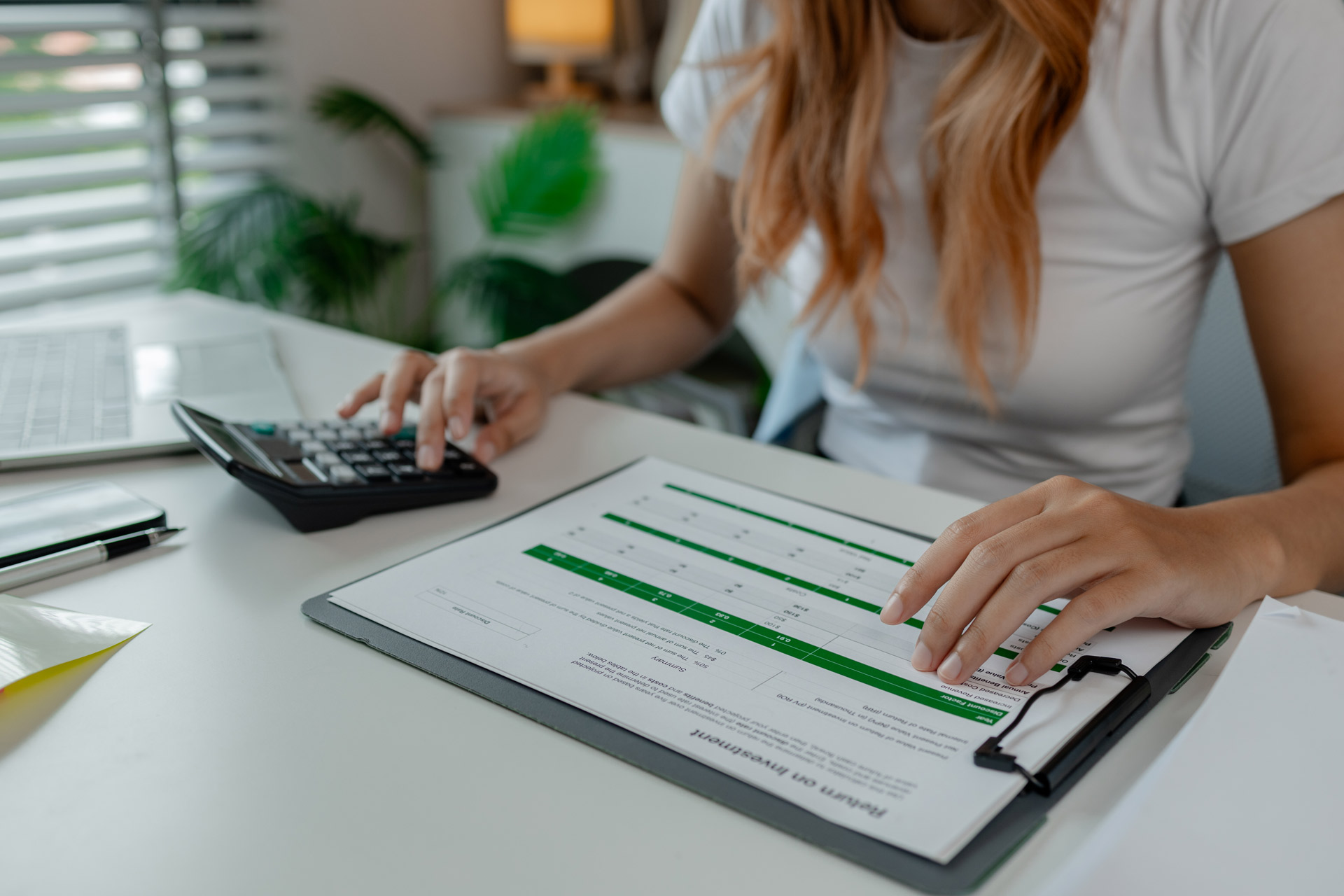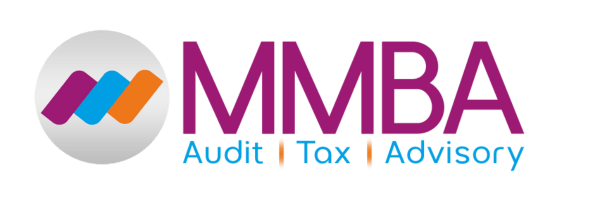
Understanding the Simple Assessment Tax Scheme to Avoid Financial Penalties
Home / Simple Assessment Tax Scheme to Avoid Financial Penalties
Recent Blog
Subscribe to Newsletter
Self assessment tax scheme is not a very technical aspect. Businesses need to understand this well. So, you need to make sure that your self employed business is in compliance with laws. Nonetheless, it can be a difficult and time-consuming task, particularly if you don’t have an accountant. Moreover, the concept is pretty easy to comprehend- the name itself gives it away: HMRC launched Simple Assessment in 2017 to help eligible taxpayers find the self assessment tax return process less complicated and more accessible. In this regard, a help from a leading accounting firm, such as MMBA Accountants, help comprehend the concept easily.
Let’s have a look at the different concepts regarding assessment of tax scheme.
Table of Contents
Simple Assessment Tax

For HMRC, it is a method or way for HMRC through which it collects underpayments of tax from taxpayers who have relatively straightforward tax affairs. The government launched the Simple Assessment process to streamline the income tax application process for qualified individuals with straightforward tax situations. It’s a different approach that places the burden of determining and assessing an individual’s income tax liability on HMRC rather than the taxpayer.
The taxpayer is required to either complete their own return or to designate an accountant to assist them under the self assessment tax return (SATR) system! Simple Assessment is aimed at reducing the time and frustration associated with completing your own STAR (Situation, Task, Action and Result).
HM Revenue and Customs (HMRC) utilises data from various sources to determine tax liability for Simple Assessment, ensuring accurate tax compliance.
Simple Assessment letter
In simple assessment letter, everything HMRC knows about your income will be included in your letter. It is your responsibility to inform them if anything is missing. Thus, you need to make sure to thoroughly read everything. The details about your income consist of:
- State pension and/or private pensions
- Revenue from payroll
- Preserving interest
- Benefits for employees
- State advantages
- You have paid income tax.
- Amount of taxes due
You should verify that all the information on the letter is accurate before proceeding with the payment.
Simple Assessment Tax Bill
Your letter will show:
- Your taxable income (for example, income from pay, pensions or state benefits).
- Any Income Tax you’ve paid.
- The tax you owe.
Check the amounts in your letter match those in your records, for example in your P60, bank statements or letters from the Department for Work and Pensions (DWP).
If you get state benefits paid every 4 weeks, work out the total paid in a year by multiplying your regular payment by 13 (not 12).
You may be able to use the HMRC tax checker to estimate how much tax you should have paid in the previous tax year.
If you do not understand your simple assessment calculation carefully, you can get advice from HMRC or a professional, for example services by a tax adviser or accountant.
Payment of Self Assessment Income tax
The date of the simple assessment tax bill, if it is later, or the 31st January after the tax year’s conclusion (which is the standard payment date for self assessed income tax) is when the tax payable under a simple assessment is due.
There are several ways to pay:
- Online through your personal tax account.
- Through the HMRC app.
- Through a bank transfer -through a cheque.
When making a payment by check, the reference number from the simple assessment letter needs to be written clearly on the parallel of the check. There will be 14 characters in your payment reference number, beginning with an “X.” Writing your name and National Insurance number on the back of the check is also a smart idea.
Appeal Rights
You have 60 days from the date of the simple assessment to file an initial appeal if you disagree with it.
It is automatically finalised if, within 60 days of its issuance, you do not object to the simple assessment.
Contact us for guidance on exploring the
simple assessment tax scheme?
Call us Today
Conclusion
Simple Assessment tax scheme is not a very complex concept. However, all the businesses and enterprises need to make sure that they understood the concept well. Another aspect that you must no let go pertains to when you are dealing with your tax bill under the Simple Assessment Tax Scheme, it’s crucial to carefully review the simple assessment calculation to ensure accuracy. Even though your income is from your state pension or other sources, you still need to understand what you owe for the tax year; so, you can prevent errors. Always check your simple assessment bill and verify the tax calculation before you pay tax to avoid any discrepancies. Additionally, MMBA Accountants team is ready to assist you and help you comprehend simple tax scheme.
FAQs Related to Simple Assessment
When do I need to pay by?
Your Simple Assessment tax bill is due to be paid by:
- January 31st, if you owe any taxes from the previous tax year
- If you received the letter after October 31st, please respond within three months of the date of issue.
What is a simple assessment in tax?
Simple assessment is a method of assessing income tax due in certain straightforward cases where a self assessment tax return is not required.


